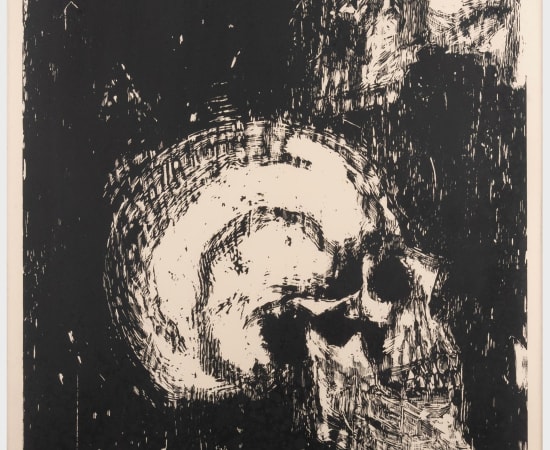Jim Dine (born June 16, 1935) is an American artist known for his contributions to the Pop art movement and his exploration of themes such as love, loss, and the human experience. Born in Cincinnati, Ohio, Dine studied at the University of Cincinnati and the Boston Museum School. He emerged as a prominent figure in the New York art scene in the 1960s, alongside artists like Andy Warhol and Roy Lichtenstein, and became known for his distinctive style, which combined elements of abstraction and representation.
Dine's early works often featured everyday objects such as tools, clothing, and household items, which he used as symbols to explore personal and universal themes. One of his most famous works is "The Smiling Workman," a painting of a workman's jacket that has become an iconic image of the Pop art movement. Dine's use of bright colors and bold lines in these works helped to define the Pop art aesthetic and set him apart from his contemporaries.
In addition to painting, Dine is also known for his work in sculpture, printmaking, and drawing. He has experimented with a wide range of materials and techniques, pushing the boundaries of traditional art forms to create innovative and engaging works. Dine's sculptures often feature found objects and incorporate elements of collage, adding depth and texture to his three-dimensional works.
Throughout his career, Dine has received numerous awards and accolades for his work, including a Lifetime Achievement Award from the National Academy Museum and the Cooper Union. His work is held in the collections of many major museums around the world, including the Museum of Modern Art in New York, the Tate Gallery in London, and the Centre Pompidou in Paris. Dine continues to create art today, exploring new themes and techniques while remaining true to his distinctive artistic vision.

